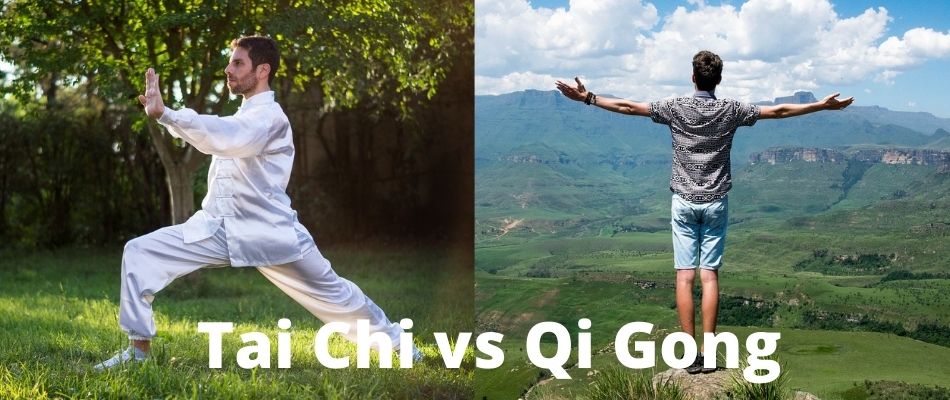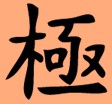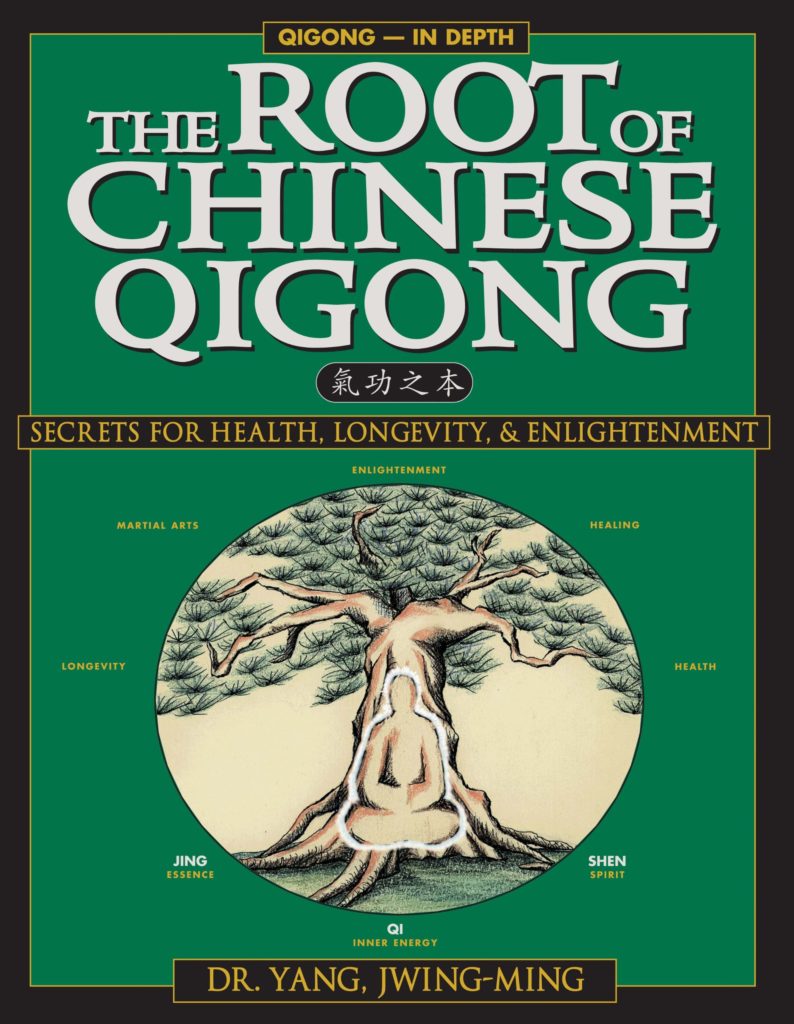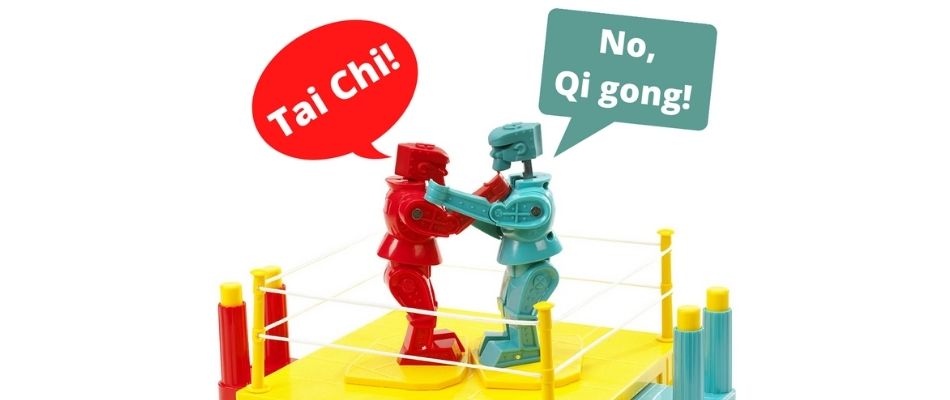If you are curious or confused about the difference between tai chi vs qi gong, you are not alone. Anyone who begins to study tai chi or qi gong, hears about the other art, and has to weave their way through often incomplete explanations of what qi gong or tai chi is, and why you would study them.
Others are trying to decide between qi gong vs tai chi because they have a health issue they want to improve and heard about the benefits. For them, they need to know what would be best in their situation. To make matters more complicated, both have the word pronounced “CHEE” in them that are spelled differently but often have the same meaning.
Choosing between tai chi vs qi gong can be difficult because they are both internal martials arts that improve mental and physical health but differ substantially. Tai chi is a sequence of connected movements whereas qi gong is typically performed standing or sitting, and has a smaller number of repeated moves.
Basically, a practitioner chooses between the two based on their goals and physical abilities. Let’s take a look at the history and purpose of both arts so that you can easily decide which one to study, or like most practitioners, choose both!
Tai Chi vs Qi Gong – Are They the Same Thing?

There are enough similarities and overlap between tai chi and qi gong that it is obvious why they are related. Yet, the purpose of both arts, what they look like, and why you would practice are vastly different.
At the core of both arts, practitioners are relaxing the body and mind, and are improving their emotional state. Both arts rely heavily on concentrated focus, breathwork, and sets of movements or intentions to accomplish this. To understand how tai chi and qi gong differ, a better understanding of qi gong is needed.
What Types of Qi Gong Are There?
There are two types of qi gong, active and passive. Active qi gong (dong gong) uses series of movements that can be done in sitting or standing postures. Sometimes practitioners take steps but active qi gong is usually performed standing in one place. Passive qi gong (jing gong) is performed by sitting, standing, or laying down. There is no external movement and the set is performed by concentrationg internally to increase energy in different areas of the body, moving energy throughout the body, using the breath, and often imagination.
It would be fair to describe tai chi as a form of active qi gong, but qi gong isn’t (necessarily) tai chi.
Qi Gong Vs. Mediation
So, is qi gong meditation then? Qi gong is often defined as meditation or described as moving meditation. This is fair to a degree too because qi gong and meditation share many of the same focuses such as healing, relaxing the mind and body, and improving our emotional state. For example, the Inner Smile is a sitting meditation where energy is circled in the body and resembles a qi gong set.
Qi gong differs from meditation because it can be used to focus on and treat many physical and therapeutic conditions. Qi gong can also be used to treat others by building the energy qi gong fills us with and applying it to others. Some may argue that there are meditations that focus on healing others. However, a tiny percentage of meditators may practice this way while there is an entire branch of Chinese medicine dedicated to qi gong healing.
Spelling Errors – Are Chi and Qi the same thing?
In terms of “chi” in tai chi and “qi” in qi gong, we have really screwed things up as westerners and lumped two bodies of knowledge together just because we think they sound the same. In actuality, Chinese speakers would pronounce CHI more like “GEE” and QI like “CHI!”
Here are the many different ways both arts are spelled based on combining the two prominent translation styles: Wade-Giles and Pinyin:
| Tai Chi | Qi Gong |
| Tai Chi, T’ai Chi, T’ai Chi Ch’uan, Tai Ji, Taiji, Taijiquan | Qi Gong, Qigong, Chi Kung, Chi Gong, Chi Kung, Ch’i Kung |

We can forgive ourselves for lacking the pronunciation abilities, as long as it doesn’t affect how we understand what is being explained by the name.
Chi, as in “tai chi,” means best, ultimate, what’s on top, or the extreme. So in terms of “Tai Chi Chuan,” it is generally accepted to mean “Supreme Ultimate Fist/Boxing.”
Qi, as in “qi gong,” means life force. The symbol is the combination of two symbols for “air” and “rice.” So qi in this sense tells us that qi gong combines breathing and a fuel source to create heat and energy. For qi gong practitioners this makes a lot of sense because we do experience an increase in body temperature and a sense of clean or renewed energy from doing a qi gong set.

The ‘gong’ part can be interpreted as cultivating skill through practice or doing a set of movements to lead to a new skill. While “qi gong” is often correctly translated as “energy set,” I feel this is a bit too simplistic. I am all for simple but not so simple that practitioners don’t realize what they are doing and don’t get the benefits. A better, albeit wordier definition would be:
Qi gong is cultivating and building the body’s energy by dedicating yourself to an energy practice. –
The General Qigong vs Tai Chi Difference
The difference between qi gong and tai chi comes down to origin, what it looks like or the movements involved, and the goals of the activity.
Origin:
The origin of tai chi dates back to the 16th century and is believed to have been developed by Chen Wangting, a Royal Guard of the Chen village in Wenxian County, Henan Province. He retired from the army and combined Taoist teachings with martial arts.
There are more mystical origin stories dating back as are as the 8th century but what we now know of as tai chi was not developed then.
The earliest recordings of qi gong can be seen on 7000 year-old pottery depicting a priest demonstrating meditative pracitcies and gymnastic exercises
The traditional Chinese medical community attribute the origin of qigong to the legendary Yellow Emperor (2696–2598 BCE) and the classic Huangdi Neijing book of internal medicine. These texts lay the groundwork for accessing the body’s energy for moral training, to heal, and to extend life. Wikipedia – Qi
Tai Chi vs. Qi Gong Movements
Tai chi is a series 13-108 movements linked together in a form or “frame.” Qi gong sets typically have less that 12 movements that are repeated 3-9 times. The qi gong set might not have any movements and may even be completed while sitting or lying down. As a whole, tai chi practitioners will be moving around and qi gong practitioners will be standing still.
To say tai chi is more complex is true. However, qi gong repeats movements and has fewer movements so you can concentrate on internal development. So, I wouldn’t know which to say is more complex; learning 108 movements or learning how to generate, feel, and move energy inside your body!
Martial or Medical Focus
Tai chi is a martial art with a focus on fighting tactics and weapons use. Qi gong is a medical system focused on building energy to preserve and lengthen life or heal. There are qi gong sets that focus on both but most have specific medical focuses like the Eight Pieces of Silk Brocade. This is probably what differentiates the arts the most. The same internal strength developed for fighting also serves to repair and heal. So again, two very different arts that have a ton of overlap.
How do I choose between Qi Gong vs Tai Chi?
The biggest question you have to answer is: What are you after? If you are looking for fun, community or exercise, tai chi is for you. If you are looking for meditation, healing, learning how to build your body’s internal energy, or learning how to heal others, qi gong is for you.
Both tai chi and qi gong relax you, reduce stress, and improve your health. They both make you feel pretty good afterwards too. Here are some additional questions you may want to ask yourself:
1. How Patient Are You?
Learning qi gong vs tai chi can be completely different. Some qi gong sets can be learned in a day while a tai chi form can take months. An internal qi gong set can take 6 months to a year to perfect how to move the energy throughout your body. Whereas tai chi movements are visible so they can be corrected as a student goes along.
The beauty of studying the internal arts is that you don’t have to be great to reap the benefits. The movements and breathing patterns help your body and mind from day one. It is the intricacies and sensation of what is happening that can take some time.
2. Do You Have Access to a Good Tai Chi Teacher?
Progress can be made learning tai chi without a teacher but it is really difficult not having the corrections. If you are unable to attend a class, qi gong might be a better option for you. Here is our favorite and most impactful way to learn qi gong remotely: The Best Way to Learn Qi Gong without a Teacher
3. Do you Have an Injury or Physical Limitations?
Qi gong is a medical practice! If you have limitations, qi gong is a great way to build up your body’s energy to heal. In many ways, qi gong can even be a stepping stone to begin tai chi. Tai chi is definitely more rigorous but it shouldn’t scare you away.
Throughout my many years of practice I have dealt with injuries or sickness and used qi gong to convalesce as I worked my way back to the full, low, tai chi form. I have also modified my tai chi forms to make them easier when my energy was low or I wanted to focus on improving a specific section.
Ways to Adapt Tai Chi When You are Not Feeling Well or Are Injured
- Do the form in a high posture
- Do weapons forms without the weapons
- Slow the form down
- Cut the form in half
- Just repeat single movements
- Exaggerate breathing to increase body temperature and blood flow
Should I learn Tai Chi or Qi Gong? Yes!
Truth be told, most practitioners do both. Most tai chi classes begin with qi gong exercises, meditation, or warm-ups so that their tai chi form is more focused and connected right when they begin. Think of it as having many tools in your toolbox. Qi gong sets can be learned for almost any ailment or general qi gong sets can be performed slowly, quickly, or repeated.
Qi gong is also a way to focus on and practice the internal aspects of the arts without having to worry about all of the movements. This then makings feeling the internal aspects of tai chi easier.
Continue Reading:

The Root of Chinese Qigong: Secrets of Health, Longevity, & Enlightenment (Qigong Foundation)




Wow! spot on! Thank you once again for helping to remove the cloud hovering over both of these arts. My classes focus on the more mature segment. I start a class with a standing meditatiom to relax and become ready. Followed by a QiGong set and after that we delve into two shortened variations of Yang 24 and Liuhebafa. Your explanations and validation help me so much. Thank you again for all you do!
You’re welcome. Thanks for your comment. Our class seems to follow the same pattern(ish). I want to highlight something you said that I believe so that it isn’t lost here. Doing qi gong or specific stretching (chen for us) really makes the form better. You can see it even on brand new students compared to people who just warm up and start the form. Totally different quality, you know what to focus on, and you feel better by the end of class.
I will learn the rest of my life .